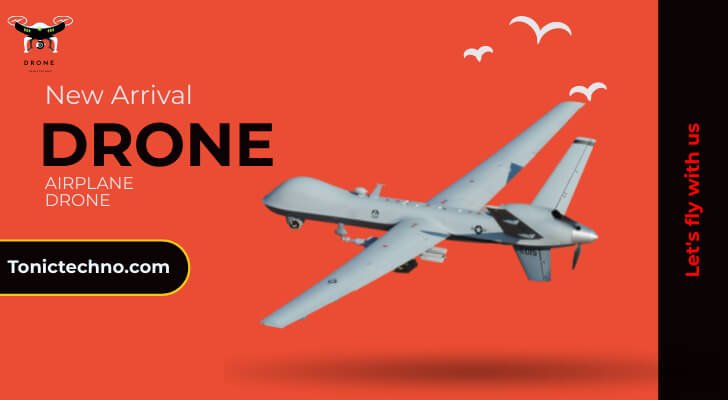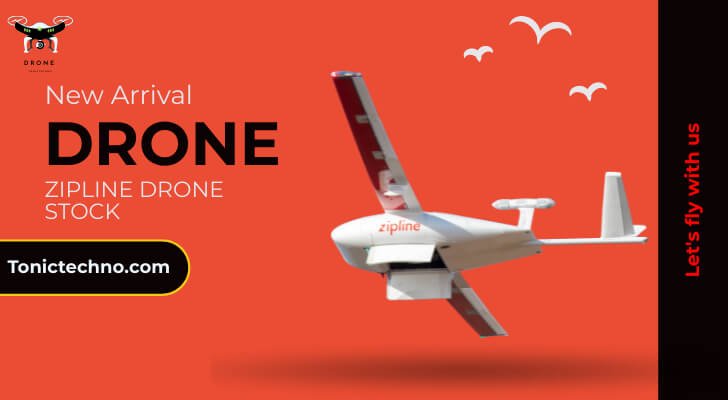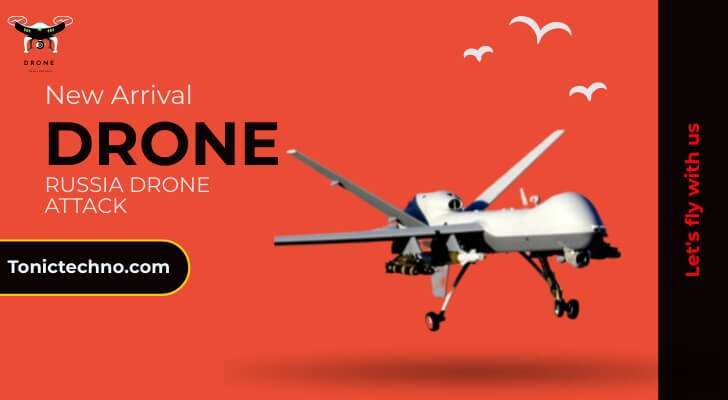As an avid tech enthusiast, discovering airplane drones has completely transformed how I see the world. I was hooked from the moment I took control of my first UAV. The thrill of soaring high above the landscape, capturing stunning aerial footage, and exploring new terrains was beyond anything I had imagined. Airplane drones aren’t just toys; they’re powerful tools that offer endless possibilities, from photography to surveillance. If you’re considering jumping into the world of airplane drones, trust me—it’s an experience you won’t want to miss!

Introduction to Airplane Drones
Airplane drones, or uncrewed aerial vehicles (UAVs), have become popular in recent years. These flying machines are controlled remotely and carry cameras, sensors, and other equipment. They are used in many industries, from photography and surveillance to agriculture and military operations. The excitement of flying a drone and its possibilities have attracted many hobbyists and professionals alike. In this article, we’ll dive into airplane drones, exploring how they work, their types, features, applications, and much more.
Types of Airplane Drones
Airplane drones come in different shapes and sizes. The two main types are fixed-wing drones and rotary-wing drones. Fixed-wing drones are more like traditional airplanes with wings allowing them to glide through the air. These drones are great for long flights and cover large areas. On the other hand, rotary-wing drones, like quadcopters, use spinning blades to stay in the air. They are perfect for short flights, hovering, and precise maneuvers. Depending on your needs, you can choose the right type of drone for your project, whether for aerial photography or surveying large areas.
Read Also: Navigating the Best Zipline Drone Stock Market
How Airplane Drones Work
Airplane drones use a combination of components to keep the drone in the air and control its movements. The key parts include the motors, propellers, sensors, cameras, and GPS systems. Motors and propellers work together to provide lift, while sensors help the drone stay stable during flight. The GPS lets the drone know its position and follow a specific route. Pilots control the drone remotely using a joystick or pre-programmed flight path. Advanced drones can even fly autonomously using artificial intelligence to avoid obstacles and complete tasks independently.
Key Features of Airplane Drones
Airplane drones come with several features that make them useful for different tasks. One of the most important features is the flight time. Some drones can fly for hours, while others only last 20 minutes. Another key factor is the range, or how far a drone can travel from its controller. Some drones can fly hundreds of miles, while others are better suited for shorter distances. Payload capacity refers to how much weight a drone can carry. This is crucial for drones used in commercial applications like surveying or delivery. Drones also often come equipped with high-quality cameras for capturing photos and videos from the air.
Applications of Airplane Drones
Airplane drones have many uses in both commercial and recreational fields. In the commercial world, drones are used for surveying land, inspecting buildings, and monitoring crops. Farmers use drones to check the health of their crops and spread pesticides. Drones also help with disaster management, providing aerial views of areas affected by floods or fires. In the military, drones are used for surveillance, reconnaissance, and targeted strikes. Recreationally, drone enthusiasts use them to capture stunning photos and videos of landscapes, travel destinations, and outdoor activities. The possibilities for drone applications seem endless.
Read More: My Encounter with the Russia Drone Attack
Benefits of Airplane Drones
There are many benefits to using airplane drones. First, they can save time and money. Instead of hiring a plane or helicopter for aerial surveys or inspections, drones can do the job faster and cheaper. Drones also provide safety benefits. They allow workers to inspect dangerous areas, such as tall buildings or bridges, without putting themselves at risk. Drones are also very precise, capturing detailed images and data that can be used for analysis. Whether for business or personal use, drones offer a new way of performing once-impossible tasks.
Safety and Legal Regulations for Airplane Drones
When using airplane drones, following safety guidelines and legal regulations is essential. Many countries have rules to ensure drones are used safely and do not cause accidents. The Federal Aviation Administration (FAA) has rules for flying drones in the United States. These include registering drones that weigh more than 0.55 pounds, flying below 400 feet, and keeping the drone in sight at all times. There are also restrictions on flying drones near airports, crowded areas, and government buildings. It’s essential to be aware of these rules to avoid fines or accidents. Safe flying practices, like checking weather conditions and battery levels, are also crucial for a successful flight.
Tips for Choosing the Right Airplane Drone
Choosing the right airplane drone depends on what you need it for. If you’re interested in aerial photography, look for a drone with a high-quality camera and stable flight capabilities. For commercial purposes, you may need a drone with longer flight time, more range, and the ability to carry heavy equipment like sensors. If you’re starting, consider a beginner-friendly drone with straightforward controls and lower costs. Always check the specifications and reviews before purchasing to ensure the drone meets your needs and expectations. It’s also important to consider the support and warranty options available with the drone.
Read More: The Growing Impact of Ukraine Drone Attack: A Personal Perspective
Future Trends in Airplane Drones
The world of airplane drones is constantly evolving. As technology advances, drones are becoming more intelligent and more capable. One exciting trend is the development of autonomous drones that can fly without human intervention. These drones use artificial intelligence (AI) to avoid obstacles and make decisions during flight. In the future, we may see drones used for deliveries, bringing packages to our doorsteps. Drones will also play a significant role in smart cities, providing real-time data for traffic management, emergency response, and environmental monitoring. With these advancements, the potential for drone technology is limitless.
Additional Ideas & Innovations in Airplane Drones
Airplane drones are also being used in creative and innovative ways. Environmental organizations use drones to monitor wildlife, track deforestation, and even plant trees in hard-to-reach areas. Drones are helping in search and rescue operations, finding people in disaster-stricken areas or dangerous environments. Another innovation is drone-swarming technology, where multiple drones work together to complete tasks more efficiently. In the future, drones could become part of our everyday lives, providing services we can’t imagine yet. The continued development of drone technology will open up new possibilities for both work and play.
FAQ
What are airplane drones?
Airplane drones, or UAVs, are unmanned flying vehicles controlled remotely for various applications, such as photography, surveying, and surveillance.
What is the difference between fixed-wing and rotary-wing drones?
Fixed-wing drones have wings for gliding and are better for long distances while rotary-wing drones use spinning blades and are ideal for short, precise flights.
How long can airplane drones fly?
Flight time varies, with some drones flying up to several hours, while others last around 20-30 minutes on a single charge.
Can drones be flown legally?
Yes, but drone users must follow legal regulations, including registering drones, avoiding restricted areas, and flying under 400 feet.
What are the main benefits of using airplane drones?
Airplane drones offer cost savings, increased safety, precision in data collection, and the ability to access hard-to-reach areas.
Conclusion
Airplane drones, or UAVs, are revolutionizing industries by offering new opportunities for photography, surveillance, agriculture, and more. Drones can perform tasks with unmatched precision with their versatile designs, including fixed-wing and rotary-wing types. They provide cost efficiency, safety, and enhanced data collection benefits. As technology evolves, airplane drones become more innovative, paving the way for future advancements in autonomous flight, environmental monitoring, and urban planning. Whether for commercial or recreational use, the potential of airplane drones continues to grow, making them an indispensable tool in modern society.


